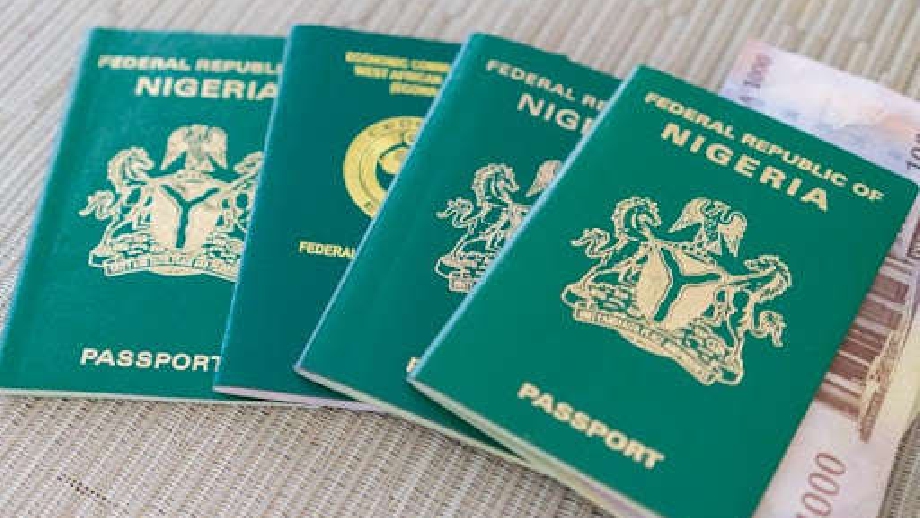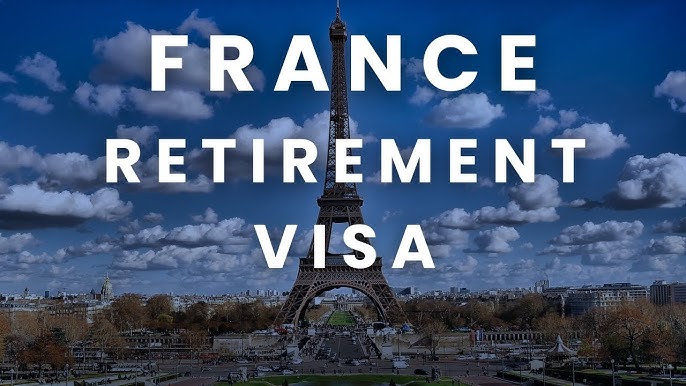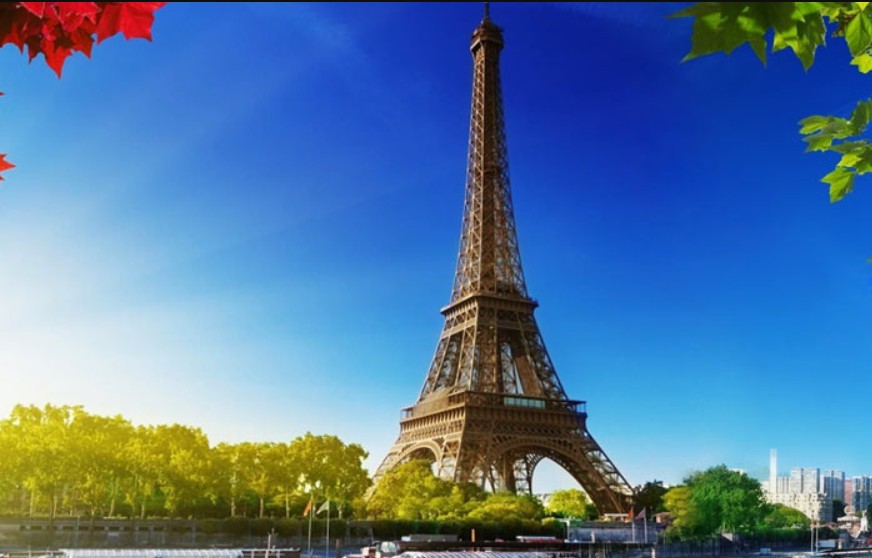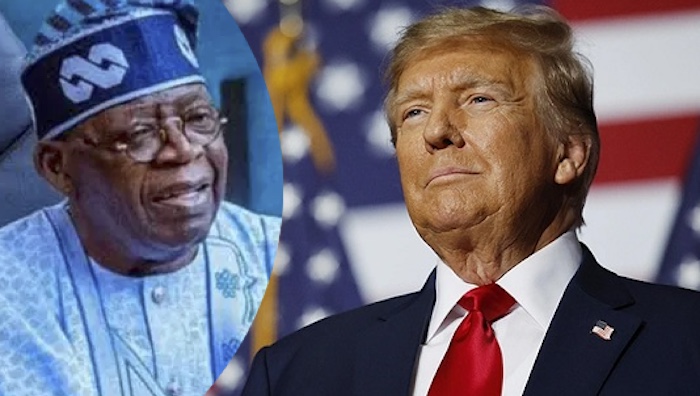Travel/Tourism
Lagos Tops MasterCard 2018 Global Destination Cities Index in SSA

By Modupe Gbadeyanka
In a world of rising nationalism, international travel takes on greater importance—breaking down barriers, broadening our horizons and driving economic impact felt throughout the world’s cities. For the past decade, Mastercard’s Global Destination Cities Index has offered important analysis of travel to and within cities. This year’s global top cities Bangkok, London and Paris, leading the pack, once again underscore the importance of robust infrastructure and both business and leisure attractions. While this year’s top Sub Saharan cities Lagos, Dakar, Kampala, Nairobi and Accra underscore the importance of a strong local culture.
The Mastercard Index, which expanded this year to look at global 162 cities, is not simply a ranking of the top travel destinations. Based on visitor volume and spend for the 2017 calendar year, the in-depth analysis also provides a growth forecast for 2018 and—for the first time—a view into average length of stay and amount spent per day.
With the global economy buzzing, the annual growth of international overnight visitors to the Top 10 destination cities was up across the broad in 2017 except for Seoul, which saw a dip. The forecast for 2018 indicates across-the-board growth, with Istanbul expecting the largest uptick in visitors. In Sub Saharan Africa, the annual growth of international overnight visitors to Dakar, Nairobi and Accra remained static at 0.8 million in Dakar and 0.4 million in both Nairobi and Accra.
With roughly 20 million international overnight visitors, Bangkok remains in the top spot this year and is unlikely to be bested due to a strong projected growth of 9.6 percent for 2018. Paired with both the affordability and visitor’s willingness to spend, Bangkok is seen as more affordable than Paris or Singapore but pricier than London, which holds the number two spot. Lagos is the top spot in Sub-Saharan Africa this year, with roughly 1.5 million international overnight visitors. Interestingly, visitors tend to stay in Lagos for seven nights and spend only $57 per day, on average, considerably less than its Sub Saharan Africa counterparts. Visitors to Lagos, are most often from the USA, United Kingdom and China.
| The Global Top 5 Destination Cities | |||
| 2017 International Overnight Visitors | Average Length of Stay | Average Spend Per Day | |
| Bangkok | 20.05 million | 4.7 nights | $173 |
| London | 19.83 million | 5.8 nights | $153 |
| Paris | 17.44 million | 2.5 nights | $301 |
| Dubai | 15.79 million | 3.5 nights | $537 |
| Singapore | 13.91 million | 4.3 nights | $286 |
| The Sub Saharan Africa Top 5 Destination Cities | |||
| 2017 International Overnight Visitors | Average Length of Stay | Average Spend Per Day | |
| Lagos | 1.5 million | 7 nights | $57 |
| Dakar | 0.8 million | 2.3 nights | $165 |
| Kampala | 0.5 million | 7 nights | $168 |
| Nairobi | 0.4 million | 13 nights | $50 |
| Accra | 0.4 million | 10.5 nights | $132 |
However, not all cities are created equal when it comes to the amount visitors spend in the local economy. Dubai continues to be the top ranking destination city based on overnight visitor spend, with visitors spending a whopping $537 per day on average. It is joined in the Top 10 with newcomers Makkah, Saudi Arabia; Palma de Mallorca, Spain and Phuket, Thailand. Interestingly, Nairobi, thought of as a tourist hotspot of Africa, comes in with the lowest spend per day in the region at only $50 on average.
| Top Cities by Dollars Spent | ||
| 2017 International Overnight Visitor Spend (USD) | Average Spend by Day | |
| Dubai | $29.70 billion | $537 |
| Makkah | $18.45 billion | $135 |
| London | $17.45 billion | $153 |
| Singapore | $17.02 billion | $286 |
| Bangkok | $16.36 billion | $173 |
| Top Sub Saharan African Cities by Dollars Spent | ||
| 2017 International Overnight Visitor Spend (USD) | Average Spend by Day | |
| Lagos | $589 million | $57 |
| Kampala | $561 million | $168 |
| Accra | $507 million | $132 |
| Dakar | $303 million | $165 |
| Nairobi | $283 million | $50 |
International travel is crucial to many urban economies, enriching the lives of both residents and tourists. The bar is rising for cities to innovate to provide both a memorable and authentic experience,” said Miguel Gamiño Jr., executive vice president, global cities for Mastercard. “We’re partnering closely with cities around the world to ensure they have insights and technologies to improve how they attract and cater to tourists while preserving what makes them so special in the first place.”
Whether people visit cities for business or leisure, Mastercard works with a broad range of partners, including tourism bodies, urban planners, banks and merchants to:
- Identify and address urban challenges through scalable solutions in digital inclusion and economic development; Mastercard recently launched City Possible, a global platform for cities, research institutions and private sector organizations to address common challenges through collaboration
- Simplify access to key urban services such as public transportation. In over 100 cities (and growing), visitors and locals can use the contactless Mastercard they already carry to access trains and buses
- Help people traverse the globe with peace of mind: Seamless planning, conveniences and connectivity at their destination and worry-free acceptance at millions of locations around the globe
- Create unique experiences across food, entertainment and shopping in 42 Priceless Cities around the globe, including Bangkok, London, Paris and many others throughout the Index
Travel/Tourism
FG to Introduce Biometric Single Travel Emergency Passport 2026

By Adedapo Adesanya
The federal government has announced plans to introduce the new biometric emergency travel document, the Single Travel Emergency Passport (STEP), by 2026 as part of reforms aimed at modernising Nigeria’s immigration processes and strengthening border security.
Initially revealed in November, the Comptroller General of the Nigeria Immigration Service (NIS), Mrs Kemi Nandap, speaking on Monday in Abuja during the decoration of 46 newly promoted Assistant Comptrollers of Immigration (ACIs) to the rank of Comptrollers of Immigration, said the proposed STEP would replace the current Single Travel Emergency Certificate (STEC) and is designed to enhance efficiency, security, and global acceptability of Nigeria’s emergency travel documentation.
She explained that the new emergency passport would be biometric-based and deployed through alternative, technology-driven platforms to ensure seamless service delivery.
“I’m looking forward to embracing 2026, which will also be part of all the reforms we’re doing to ensure that we optimise our services, in terms of visas, passport production lines and our contactless solutions,” she said.
The NIS boss noted that the STEP is one of several technology-driven innovations being rolled out by the Service to improve operational efficiency and meet its constitutional mandate.
She also highlighted the recent introduction of the ECOWAS National Biometric Identity Card (ENBIC), describing it as a critical step towards seamless regional integration and secure cross-border movement within West Africa.
“We want to ensure that our processes are seamless. The STEP, which we are going to launch early next year, is another key programme that will further strengthen our service delivery,” Nandap added.
The Comptroller General charged the newly decorated officers to demonstrate heightened vigilance, professionalism, and integrity, particularly in light of Nigeria’s prevailing security challenges.
“Your decoration today symbolises the trust reposed in you and carries with it expectations of enhanced leadership, sound judgement, accountability and exemplary conduct,” she said.
Mrs Nandap stressed that officers at senior levels must combine professional competence with strong leadership qualities, including clarity of vision, decisiveness, empathy, and the ability to mentor and inspire subordinates.
“Considering the current security challenges our nation faces, we must remain vigilant and unrelenting in the fight against multifaceted threats. Your actions will set the tone and reflect the core values and reputation of this Service,” she warned.
She reaffirmed the Service’s zero tolerance for indolence and unprofessional conduct, urging officers to embrace innovation, adapt to emerging challenges, and place the interest of the NIS above personal considerations.
Travel/Tourism
Moving to France After Retirement: What You Need to Know First

The idea of spending retirement in France comes up often — sometimes because of the climate, sometimes because of the healthcare system, and sometimes simply because of the way everyday life is organised there. But once the initial appeal fades, a practical question usually follows: under what conditions can a retiree actually live in France legally?
The short answer is: it’s possible.
The longer answer requires a closer look.
No “retirement visa,” but a workable solution
Unlike some countries, France does not offer a dedicated retirement visa. This often comes as a surprise. In practice, however, most retired foreigners settle in France under the long-stay visitor visa — a residence status that is not tied to age or professional background.
The logic behind it is straightforward: France allows people to live in the country if they do not intend to work and can support themselves financially. For this reason, the visitor visa is used not only by retirees, but by other financially independent residents as well.
Income matters more than age
When an application is reviewed, age itself is rarely decisive. Financial stability is.
French authorities do not publish a fixed minimum income requirement. What they assess instead is whether the applicant has sufficient and reliable resources to live in France without relying on public assistance. This usually includes:
- a state or private pension;
- additional regular income;
- personal savings.
In practice, the clearer and more predictable the income, the stronger the application.

Housing is not a formality
Relocation is not possible without a confirmed place to live. A hotel booking or short-term accommodation is usually not enough.
Applicants are expected to show that they:
- have secured long-term rental housing;
- own property in France;
- or will legally reside with a host who can provide accommodation.
This is one of the most closely examined aspects of the application — and one of the most common reasons for refusal.
Healthcare: private coverage first
At the time of application, retirees must hold private health insurance valid in France and covering essential medical risks. This requirement is non-negotiable.
Access to France’s public healthcare system may become possible after a period of legal residence, but this depends on individual circumstances, length of stay, and administrative status. It is not automatic.
What the process usually looks like
Moving to France is rarely a single step. More often, it unfolds as a sequence:
- applying for a long-stay visa in the country of residence;
- entering France;
- completing administrative registration;
- residing legally for the duration of the visa;
- applying for renewal.
The initial status is typically granted for up to one year. Continued residence depends on meeting the same conditions.
Restrictions people often overlook
Living in France under a visitor visa comes with clear limitations:
- working in France is prohibited;
- income from French sources is not allowed;
- social benefits are not part of this status.
These are not temporary inconveniences, but core conditions of residence.
Looking further ahead
Long-term legal residence can, over time, open the door to a more permanent status, such as long-term residency. In theory, citizenship may also be possible, though it requires meeting additional criteria, including language proficiency and integration.
For many retirees, however, the goal is simpler: to live quietly and legally, without having to change status every few months.
Moving to France after retirement is not about a special programme or age-based privilege. It is a question of preparation, financial resources, and understanding the rules. For those with stable income and no intention to work, France offers a lawful and relatively predictable way to settle long-term.
No promises of shortcuts — but no closed doors either.
Travel/Tourism
Trump Slams Partial Travel Ban on Nigeria, Others Over Security Concerns

By Adedapo Adesanya
The United States President Donald Trump has imposed a partial travel restriction on Nigeria, as part of a series of new actions, citing security concerns.
The latest travel restriction will affect new Nigerians hoping to travel to the US, as it cites security concerns and difficulties in vetting nationals.
The travel restrictions also affect citizens of other African as well as Black-majority Caribbean nations.
This development comes months after the American President threatened to invade the country over perceived persecution against Christians.
President Trump had already fully banned the entry of Somalis as well as citizens of Afghanistan, Chad, Republic of the Congo, Equatorial Guinea, Eritrea, Haiti, Iran, Libya, Myanmar, Sudan, and Yemen.
The countries newly subject to partial restrictions, besides Nigeria, are Angola, Antigua and Barbuda, Benin, Dominica, Gabon, The Gambia, Ivory Coast, Malawi, Mauritania, Senegal, Tanzania, Tonga, Zambia and Zimbabwe.
Angola, Senegal and Zambia have all been prominent US partners in Africa, with former president Joe Biden hailing the three for their commitment to democracy.
In the proclamation, the White House alleged high crime rates from some countries on the blacklist and problems with routine record-keeping for passports.
The White House acknowledged “significant progress” by one initially targeted country, Turkmenistan.
The Central Asian country’s nations will once again be able to secure US visas, but only as non-immigrants.
The US president, who has long campaigned to restrict immigration and has spoken in increasingly strident terms, moved to ban foreigners who “intend to threaten” Americans, the White House said.
He also wants to prevent foreigners in the United States who would “undermine or destabilize its culture, government, institutions or founding principles,” a White House proclamation said.
Other countries newly subjected to the full travel ban came from some of Africa’s poorest countries — Burkina Faso, Mali, Niger, Sierra Leone and South Sudan — as well as Laos in southeast Asia.
-

 Feature/OPED6 years ago
Feature/OPED6 years agoDavos was Different this year
-
Travel/Tourism9 years ago
Lagos Seals Western Lodge Hotel In Ikorodu
-

 Showbiz3 years ago
Showbiz3 years agoEstranged Lover Releases Videos of Empress Njamah Bathing
-

 Banking8 years ago
Banking8 years agoSort Codes of GTBank Branches in Nigeria
-

 Economy3 years ago
Economy3 years agoSubsidy Removal: CNG at N130 Per Litre Cheaper Than Petrol—IPMAN
-

 Banking3 years ago
Banking3 years agoFirst Bank Announces Planned Downtime
-

 Banking3 years ago
Banking3 years agoSort Codes of UBA Branches in Nigeria
-

 Sports3 years ago
Sports3 years agoHighest Paid Nigerian Footballer – How Much Do Nigerian Footballers Earn












